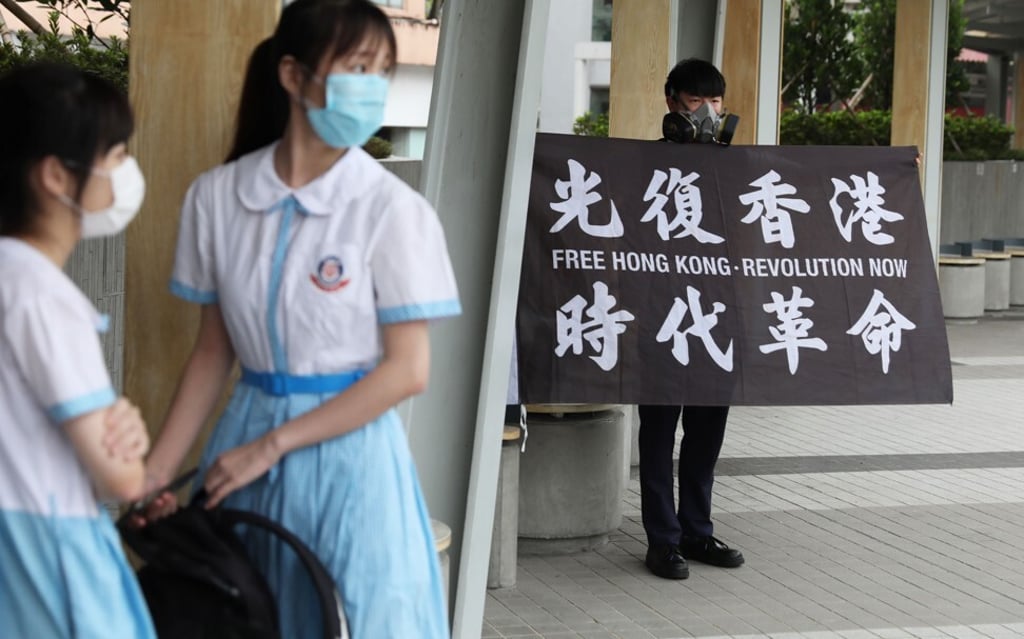Opinion | Why global protests require schools, parents and policymakers to work out ways to discuss them in the classroom
- Similarities exist between the year-long anti-government protests in Hong Kong and the protests that have rocked dozens of cities across the US
- It is important that discussion of them with students include teaching that they have a right to a voice, while respecting the legal rights of others

With massive protest movements under way around the world, teachers and parents face an unprecedented challenge. They need to teach and model behaviour so young people can learn they have a voice and how best they can use it.
Students everywhere are taking part in demonstrations, as well as witnessing and reading about them in the news and on different social media platforms. Rallies have been taking place in the United States, Britain, France, Canada, Australia, and many other places.
There are many similarities between the year-long anti-government protests in Hong Kong and the protests that have rocked dozens of cities across the US following the death of African-American George Floyd, killed by a white police officer who knelt on his neck.
In both places, the protests started as peaceful marches and rallies, but were followed by demonstrations where clashes between police and activists grew increasingly violent and law enforcement agencies used tear gas and rubber bullets. Eventually, in both places, the voices of dissent morphed into a broader call for political reforms and police accountability.

Students are using non-violent forms of expression to address issues of genuine concern to them as well as to the community they live in. Those who resort to violence need to realise that engaging in violent riots to protest against human rights abuses serves only to add one injustice to another. An eye for an eye and a tooth for a tooth results in everyone becoming toothless and blind. Nobody wins.
